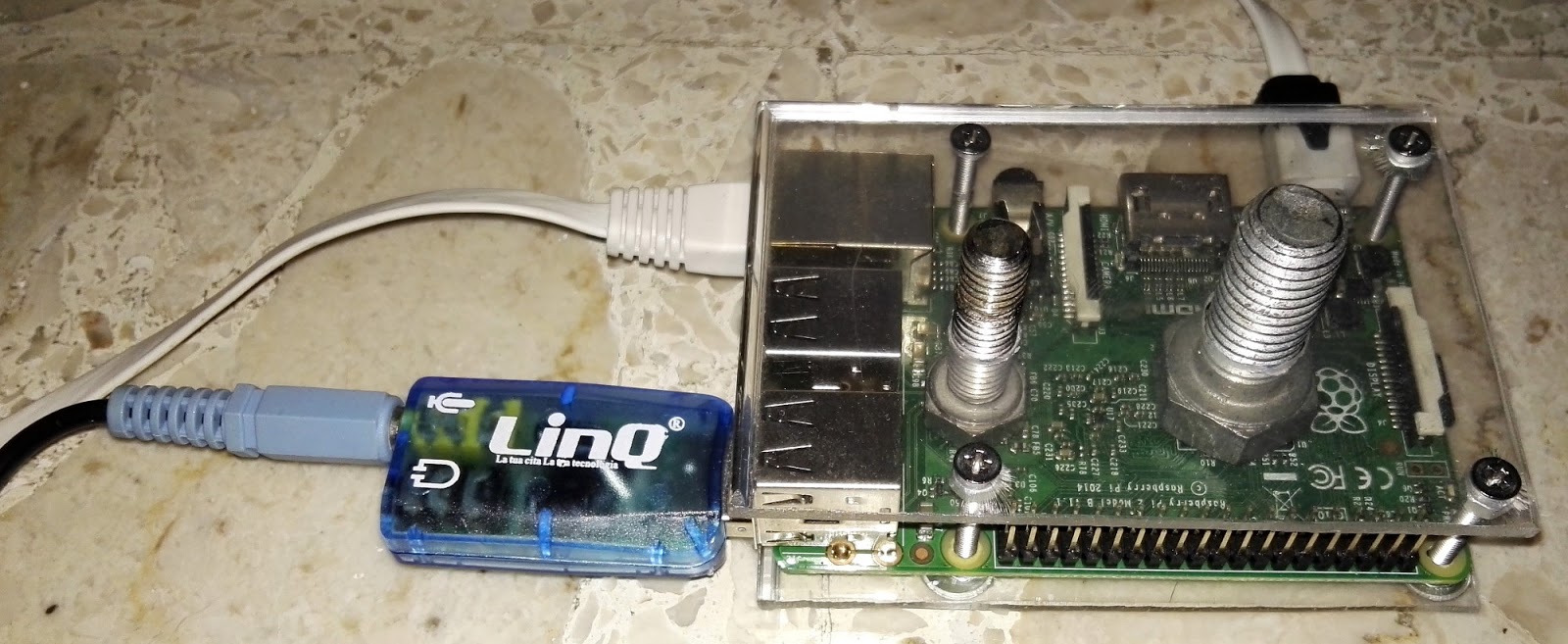

What happens when you connect a USB device to the Raspberry PI? - Visually nothing at all (Except for USB memory sticks).
Raspberry pi fldigi software#
RPI part 2-V1.1.docx /23Ħ 2.5 Connect a USB device to the Raspberry PI It is interesting to know the exact name of the USB devices you are using in order to configure the radio software correctly.

It is also possible to use a USB signalink style box instead of the USB sound card. But there are other more powerful models. It will also be necessary to connect the USB / RS232 cable reserved for the CAT-System. It is possible to insert a USB Isolator (galvanic isolation) between the TRX and the Raspberry PI RPI with an Elecraft KX3 As the Raspberry PI does not have a sound input, you will need to add an external USB sound card to connect the audio inputs/outputs of the TRX. The connection is made with a simple USB cable type A-B. I will only retain two cables, one with an ICOM7300 and the other with an Elecraft KX RPI with an ICOM 7300 The TRX has a USB connector allowing its total management with a PC. RPI part 2-V1.1.docx /23ĥ 2.4 Transceiver connection I can't mention all the possibilities of connection with TRX.
Raspberry pi fldigi free#
Take advantage of a break or lunch to make a backup of the operating system (This operation can be done at any time) - Insert a reader with its blank msd card into a free USB port on the Raspberry PI. I hope this document will make other OMs want to make detailed explanatory tutorials and not just a briefing note listing incomplete command lines in GitHub or in a blog. Having more and more free Open Source Radio utilities is really in the Radio Amateur spirit. Also think about the ferrite cores on the connection cables around the Raspberry Pi. Before any modifications or additions of programs, remember to save the msd card so that you can go back very easily. As far as possible, I will try to keep this description up to date once a year, because the evolution of the Raspberry and the operating system requires constant modifications. For each radio utility installed, I chose what seems to me the easiest, limiting as much as possible the command lines for beginners.
Raspberry pi fldigi install#
There are different possibilities to install a software on a Linux environment.

In this description, I tried to be as clear as possible with as many screenshots as possible. Whatever rig I do carry, it will certainly be powered by Raspberry Pi.2 2.1 Introduction. Finally, before some of you start ripping me a new one, if I’m going on a casual thru-hike, carrying all my gear for days or weeks at a time, I’m certainly not going to carry an ammo can based rig. The trip also validated the concept of a man portable, Rapud a Deployment, QRO Field Station from a utilitarian perspective. This trip certainly wasn’t easy, but it was easier than I thought it would be. one of the goals is to find out how practical it truly is to deploy a QRO field station, based on the Yaesu ft-891, and Raspberry Pi 3B+. You must remember, we’re not talking about casual ham radio (although it very well could be). Some of those questions were: – Can the Raspberry Pi power a digital Field Station running wsjt-x and fldigi? – Can we fit an entire HF station in an ammo can? – It possible to carry that QRO station along with our hiking gear to the backcountry? During May 18-21, I spent some days near the Arctic Circle, trying to answer a few important questions. Topic of the day is the Raspberry Pi 3B+, and how I’m using it for amateur field communications.


 0 kommentar(er)
0 kommentar(er)
